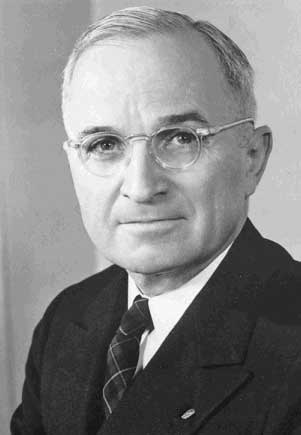The Seventeenth Census: Census Day was April 1, 1950.

Enumeration
The 1950 census encompassed the continental United States, the territories of Alaska and Hawaii, American Samoa, the Canal Zone, Guam, Puerto Rico, the Virgin Islands of the United States, and some of the smaller island territories.
Americans abroad were enumerated for the first time in 1950. Provisions were made to count members of the armed forces, crews of vessels, and employees of the United States government living in foreign countries, along with any members of their families also abroad. This enumeration was carried out through cooperative arrangements with the departments of Defense and State, the United States Maritime Administration and other federal agencies that took responsibility for distributing and collecting specially designed questionnaires.
Other persons living abroad were to be reported by their families or neighbors in the United States, but the quality of these data was considered to be poor and they were not included in the published statistics.
A new survey on residential financing was conducted as part of the 1950 census. In a separate operation, information was collected on a sample basis from owners of owner-occupied and rental properties and mortgage lenders.
Efforts to Improve Coverage and Completeness
Several procedures were used to improve the accuracy and completeness of the 1950 census, including: improved enumerator training, providing enumerators with detailed street maps of their assigned areas, publishing “Missed Person” forms in local newspapers, and setting a specific night to conduct a special enumeration of persons in hotels, tourist courts, and other places frequented by transients.
For the first time, a post-enumeration survey was instituted as a further check on the accuracy and completeness of the count. The Census Bureau recanvassed a sample of about 3,500 small areas and compared these to the original census listings to identify households that may have been omitted in the original enumeration. In addition, a sample of about 22,000 households was reinterviewed to determine the number of persons likely omitted in the initial count.
Technological Advancement
The Census Bureau began use of the first non-military computer shortly after completing the 1950 enumeration. UNIVAC I (for Universal Automatic Computer), the first of a series, was delivered in 1951, and helped tabulate some of the statistics for the 1954 economic censuses. It weighed 16,000 pounds and used 5,000 vacuum tubes.
Intercensal Activity
In August of 1954, Congress codified the various statutes, including 1929’s Fifteenth Census Act, which authorized the decennial and other censuses, as Title 13, US Code. Since then, Title 13 (along with other laws) has been the underlying authority that governs the actions of the Bureau.
Further Information
- A detailed procedural history of the 1950 census is available in The 1950 Censuses – How They Were Taken [ZIP 37.3MB]
- A wide variety of historical statistics from this and other decades is available in Historical Statistics of the United States: Colonial Times to 1970. It is available as a PDF [74.4MB] or 2-part ZIP file: Part I [52.2MB] | Part II [66.1MB].
- Reports and statistics from the 1950 census
Information provided from Census.gov

